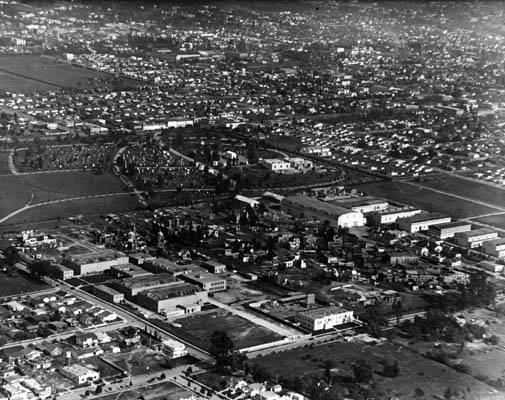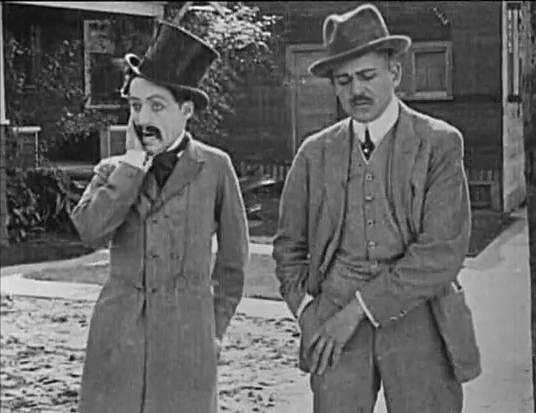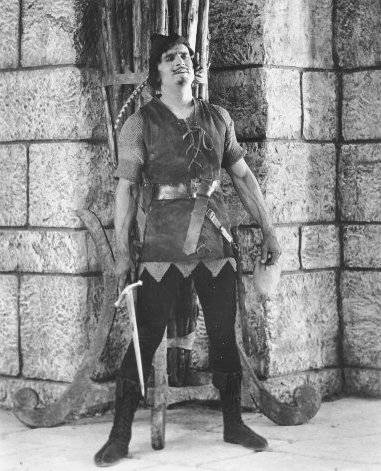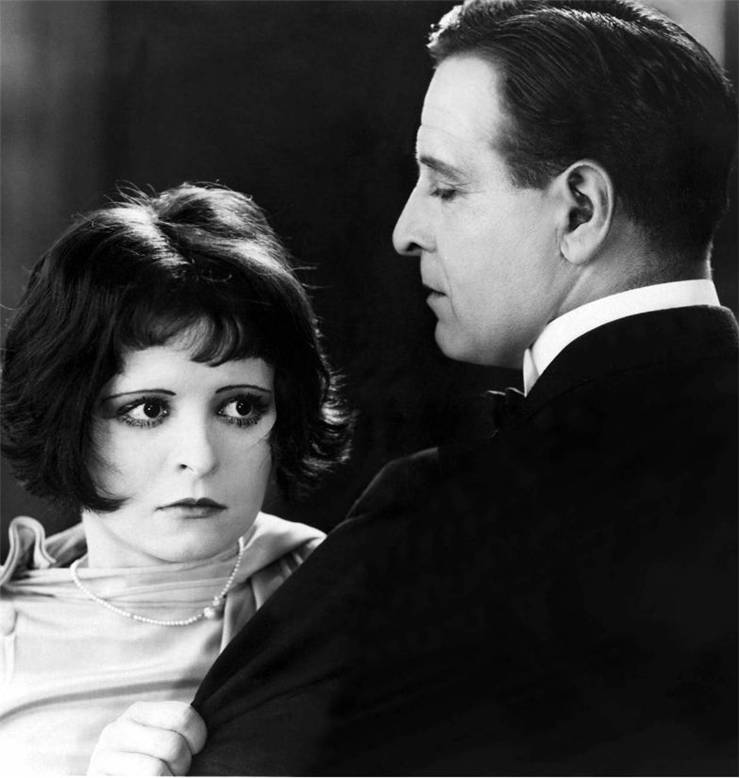History of Hollywood - Beginnings of the Hollywood
Hollywood, as we know it today, started its life in the second decade of the 20th century with the rise of production facilities in South California. They were created there by the numerous filmmakers who moved their business from New York in search of a more consistent climate for round-the-year film shooting and, of course, to escape fees imposed by Tomas Edison, who owned many patents on the movie-making process. As the production capabilities of filmmakers grew, the Californian movie industry focused on the city of Los Angeles.
The influx of immigrants into the United States quickly forced this new workforce to find new business ways. The popularity of movies promptly gave birth to a new kind of movie entity – movie studios. Established by ambitious men like Samuel Goldwyn, Carl Laemmle, William Fox, Louis B. Mayer, and the four Warner Brothers (Harry, Albert, Samuel, and Jack), organized production of movies in Hollywood became standard. Hollywood film production was almost exclusively held by eight studios, five majors, and three smaller ones. Major were Paramount, Fox Film Corporation (later 20th Century Fox), Warner Bros, RKO, and Loew's (eventually becoming Metro-Goldwyn-Mayer). They managed to revolutionize the movie-making business by having complete control over the production business (owning filming lots, equipment, editing studios, and long-term contracts with both production crew and actors), distribution firms, and vast networks of film theaters across the USA. Three smaller production companies were Universal, Columbia (they had a similar structure as “Big 5” studios but did not have their distribution network and theatres), and United Artists (which was structured to be more as backer-distributor to the independent producers).
Big Five movie studios (Paramount, Fox, Warner, RKO, and MGM) were supreme rulers of the US movie industry between the late 20s and 50s, dominating the theaters and creating around 700 movies at the height of the short movie popularity in the 1920s. This “Golden Age of Hollywood Cinema” started with the release of the first long-running feature talkie film, The Jazz Singer, in 1927. The popularity of this movie quickly elevated Warner Bros into one of the big Hollywood Studios. All film studios received substantial growth during the years of the Great Depression in the US, with the ever-rising number of people seeking entertainment on silver screens and the adventures of their favorite film stars (especially child sensation Shirley Temple).
Total domination of Hollywood over US territory very quickly started to showcase signs of financial manipulation. Studios owned their theaters, prices were fixed by the studios, and theaters were obliged to buy the movie “unites” packages that consisted of one or two highly desirable films, a few A-budget movies, and a few lesser quality movies. This led to the saturation of the theaters with uninspired movies created “by the formula.” A series of antirust court battles started fighting the studio system, culminating in the RKO’s willingness (under the new leadership of millionaire Howard Hughes) to help the federal government break the reign of big studios, who one by one severed their ties with theaters.
With over 19 thousand theatres in the US in 1949, the Golden Age of Hollywood was over, and the post-WW2 consumers and the rise of Television forced Hollywood to reinvent itself.




